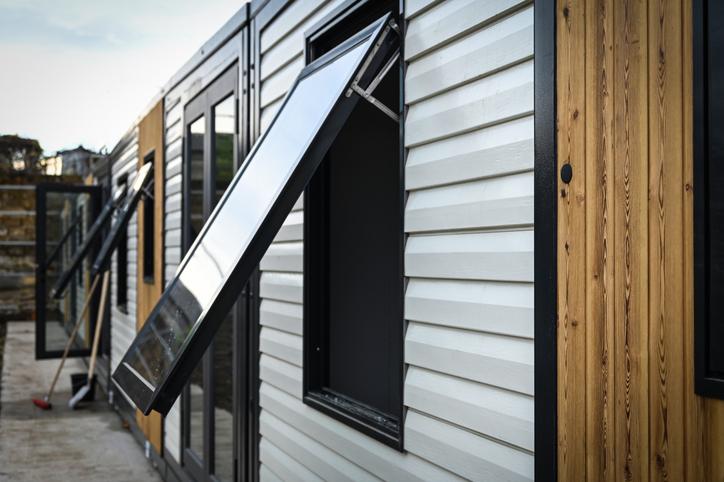Cautious optimism is growing that Lake Hood can make it through the summer without an algal bloom.
After back-to-back summers with algal bloom health warnings at the lake, the Ashburton District Council hoped the recent weather along with management of the man-made lake last year will hold off another health warning being put in place.
Council’s infrastructure and open spaces group manager Neil McCann said having plenty of water, circulation improvements, and mowing down the weed in the lake are all contributing to the hope the lake can avoid a third straight summer with an algal bloom notice.
The Highbank Power Station being shut down for maintenance has resulted in extra unused irrigation water being put into the Ashburton River, coupled with a wet January, to avoid the minimum flow rate being triggered on the river he said.
That meant the lake hadn’t had to shut off its intake as often.
“Circulation is going well with all the water we have had,” McCann said.
“We have been maximising our ability to circulate water around the lake, particularly on northwestern side.”
The council budgeted $250,000 in the 2024-25 financial year for water quality improvements at Lake Hood.
Some of that was spent on installing a second channel to divert water into the western lake expansion, so more water would pass through the canals.
Recently a small channel was also constructed in the water-ski area of the lake.
The water take from the Ashburton River is non-consumptive in that the water comes in the northern end and back into the river at the southern end.
Then there is the weed harvester which has been in full operation over summer and “it’s like mowing grass”.
The size and speed of the weed harvester mean it is more like a lawn mower so isn’t suited to taking on the expanse of the main lake area, he said.
“It’s best utilised clearing the weed from the canals where water circulation is typically restricted.
“The weed grows so fast we are simply trying to stay on top of it, so it’s like mowing grass.
“It’s hard to measure the success but it is evident that water circulation through the canals improves immediately after harvesting, and when an easterly wind blows.”
Ashburton Contracting Ltd imported the Aquamarine H5-200 harvester from Canada for around $180,000 to use on its five-year contract with the council to maintain Lake Hood.
This summer the harvester been on the lake for 351 hours and is operating about 3 to 4 days a week, depending on the weather, McCann said.
“We are currently taking between 10 and 22 loads per day at roughly 1 tonne per load, so 10 to 20 tonne per day depending on the density of the weed.”
Once harvested the weed goes to a local third party and is converted into compost McCann said.
The new channel, weed harvester and wet weather has meant there has been no algal bloom warning at the lake so far this summer, with ECan regularly inspecting the lake each week.
“The results of recent water tests have been encouraging, and we are hopeful that an algal bloom can be avoided, although a significant period of warm weather could change the situation,” McCann said.
Looking to the future, the council commissioned consultants to provide a strategic plan to identify options for further work to improve water quality McCann said.
“The biggest challenge is obtaining more water during the summer months when water supply from the Ashburton/Hakatere River is severely restricted to ensure minimum flow requirements in the river.”
LDR is local body journalism co-funded by RNZ and NZ On Air.












